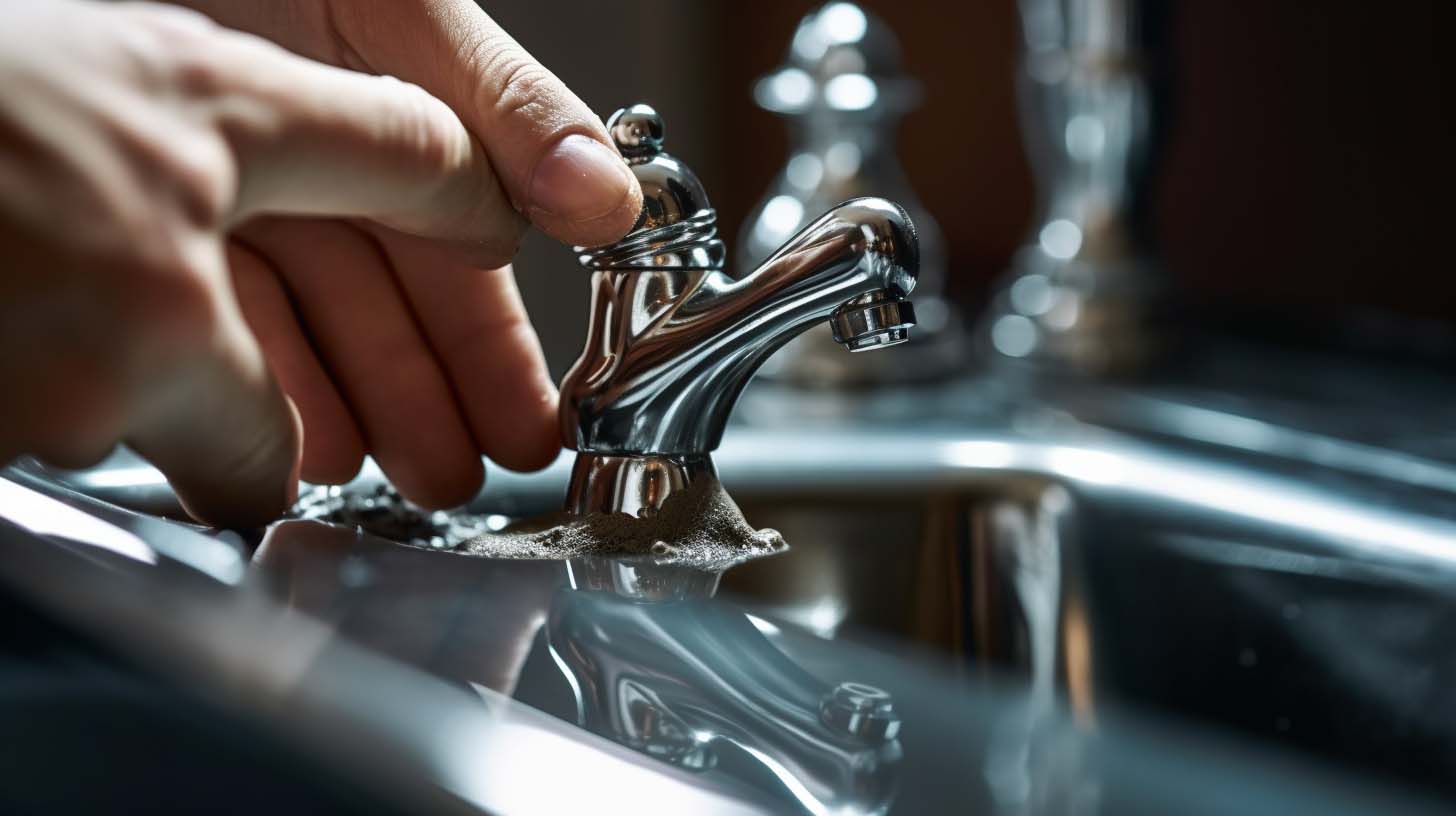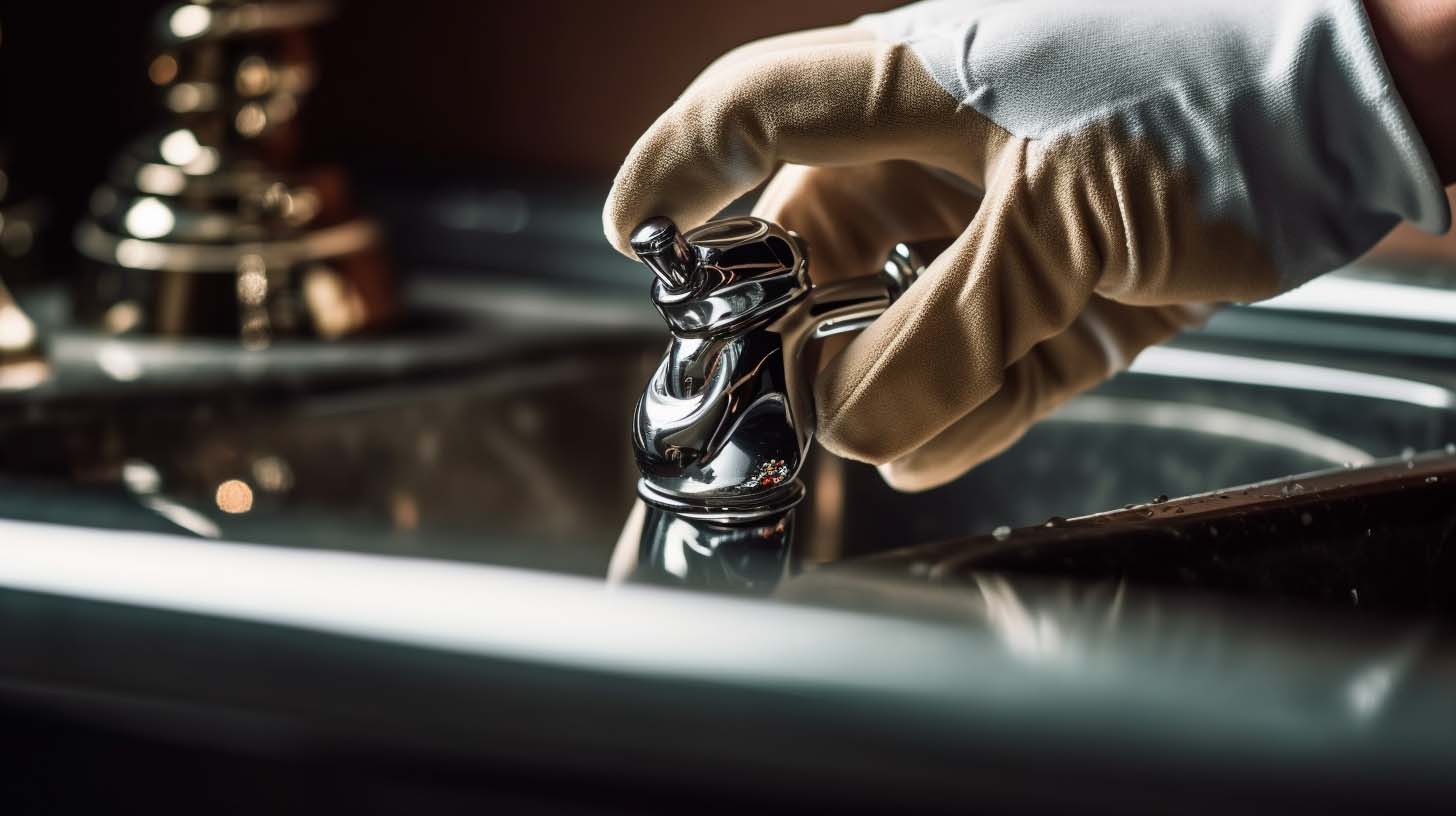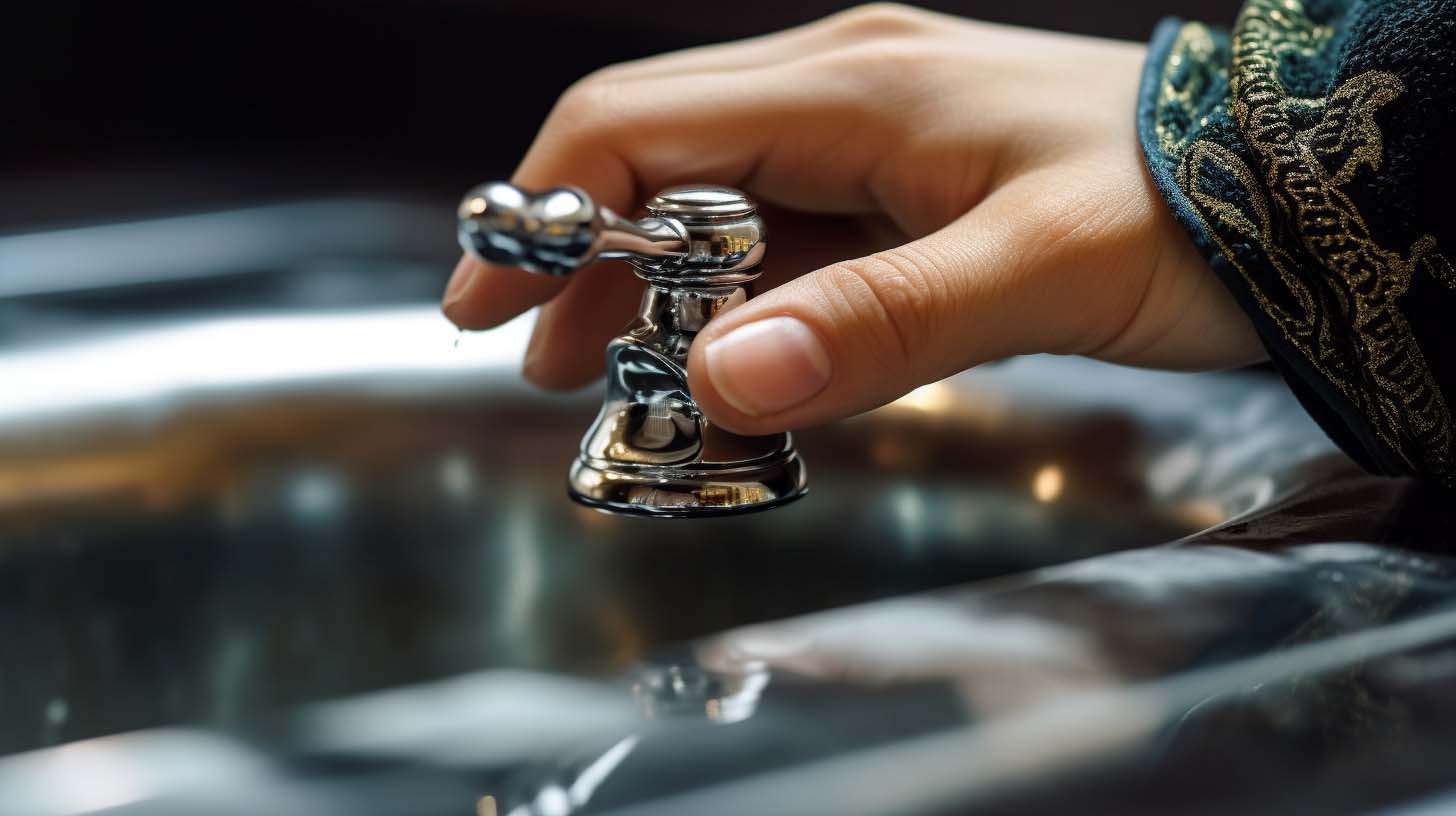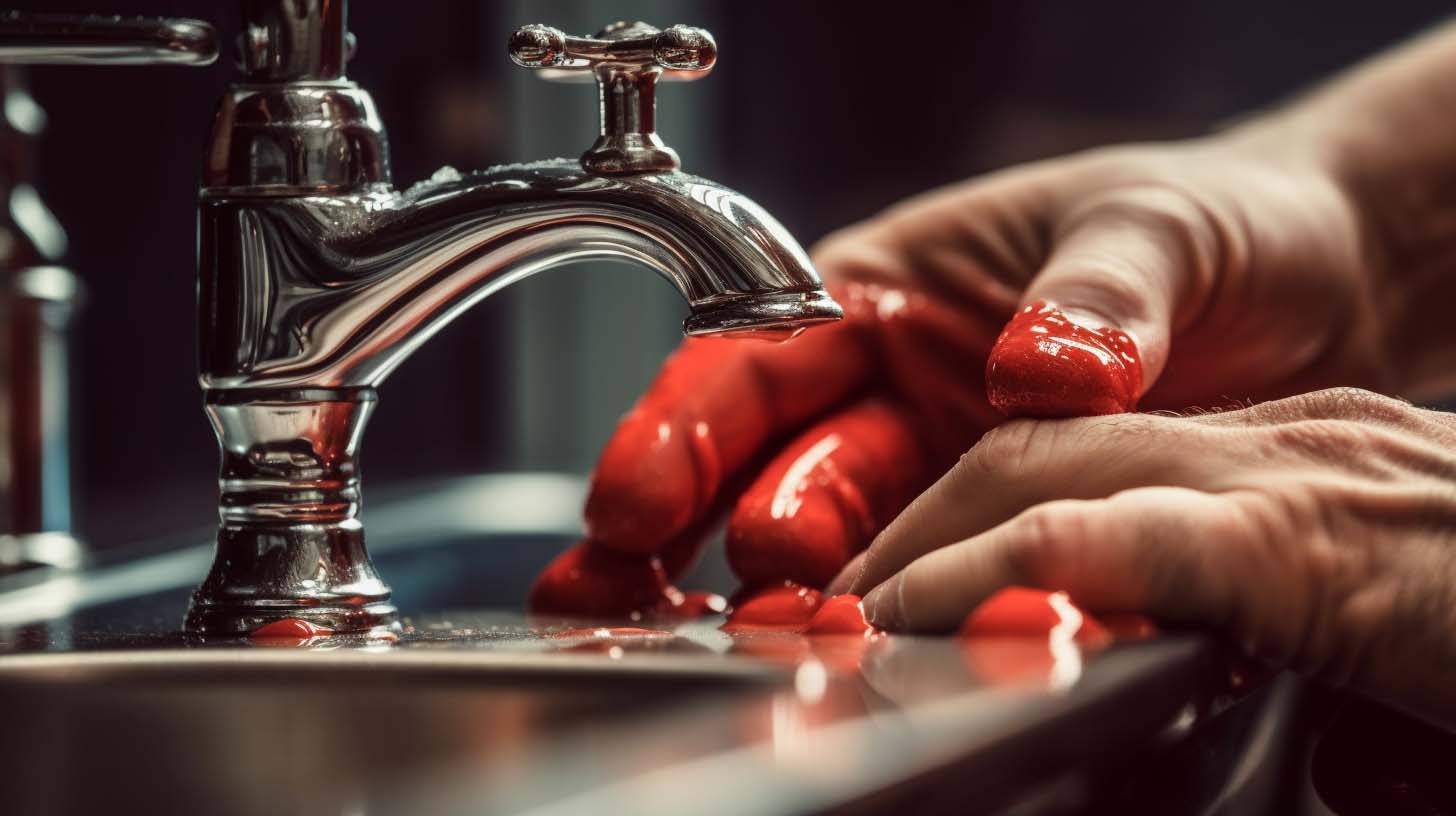The maintenance and upkeep of faucets is a necessary part of any home or commercial building. Faucets are used on a daily basis and require regular cleaning and care to keep them looking and functioning their best.
This article will provide an overview of basic faucet maintenance, including regular cleaning, preventing corrosion, replacing old parts, maintaining the finish of the faucet, and troubleshooting any common issues.
It is important to have a regular maintenance plan in place for faucets, as they are an integral part of any plumbing system. When properly maintained, faucets can provide years of reliable service and help to ensure an efficient and cost-effective plumbing system.
With the right maintenance and care, faucets can not only function properly, but also look great and have a longer lifespan. This article will provide a comprehensive overview of the steps necessary for proper faucet maintenance.

- Regular cleaning and care are essential for maintaining the appearance and functionality of faucets.
- Mild acid cleaning solutions like white vinegar and water can effectively remove tough stains from faucets.
- Thorough cleaning and regular inspections can prevent corrosion and extend the life of faucet fixtures.
- Troubleshooting common issues such as loose screws and mineral buildup can help prevent larger problems with faucets.
Regularly cleaning fixtures can help keep them shining and looking new.
This could be done through a variety of cleaning methods such as wiping them down with a damp cloth, using a cleaning solution, or scrubbing them with an abrasive.
Depending on the type of fixture and the amount of dirt and grime, the most suitable cleaning method should be determined.
A cleaning solution that contains a mild acid, such as white vinegar and water, may help to remove tough stains.
Furthermore, a soft-bristled brush can be used to scrub away any dirt or debris from the fixture.
A thorough cleaning will not only make the fixture look better, but it can also help to prevent corrosion and discoloration.
Additionally, it can help to extend the life of the fixture.
To transition to the subsequent section, it is important to take preventive measures in order to prevent corrosion.
To avoid corrosion, it is necessary to periodically inspect and treat metal surfaces.
Rust is a major contributing factor to metal corrosion, and must be dealt with quickly and effectively. A variety of products exist to remove rust and protect the surface from further damage. Metal polish and a soft cloth can remove light rust spots, while harsher rust removers may be necessary to remove more stubborn rust.
Water spots can also cause corrosion if left untreated. Cleaning with a mild detergent and wiping dry can keep fixtures looking like new. Additionally, metal protectant can be used to create an invisible barrier over the surface that prevents water spots and other debris from adhering to the fixture.
By taking the necessary steps to inspect and treat metal surfaces, corrosion caused by rust and water spots can be prevented. This will ensure fixtures remain in pristine condition for years to come.
To further extend the life of fixtures, it may be necessary to replace old parts.

Replacing outdated parts can extend the life of your fixtures, helping them to remain in their best condition for years to come. Installing new seals and lubricating parts can prevent corrosion and wear and tear from occurring. This will not only ensure that your fixtures look their best but will also prevent any costly repairs down the line.
It is important to use quality parts when replacing old ones, as this will ensure that your fixtures will have a longer life and will continue to operate efficiently. Additionally, when installing new parts, make sure to double check that all connections are secure and that all seals are correctly in place.
By taking the time to replace old parts, you can ensure that your fixtures remain in top condition for years to come and that you can enjoy their beauty and functionality for years to come.
To further protect and maintain the finish of your fixtures, it is important to regularly clean and inspect them.
Cleaning and inspecting your fixtures on a regular basis can help maintain their finish and keep them looking their best.
Polishing methods such as rubbing the fixture with a soft cloth and a mild detergent can help to remove dirt and water spots.
For stubborn spots, use an abrasive cloth to lightly scour away the residue without scratching the finish.
Additionally, use a petroleum-based product such as mineral oil in order to remove grinding and sanding marks.
Finally, use a sealant on the fixture to help prevent additional damage, and to keep the fixture looking its best.
By taking the proper steps to maintain your faucet's finish, you can help ensure it looks its best for years to come.
Following proper maintenance procedures can also help troubleshoot common issues before they become bigger problems.
Regularly inspecting and addressing minor issues can help prevent larger problems with faucets. It is important to inspect faucets and showerheads for any signs of wear and tear, including leaking seals or mineral buildup.
Loose screws, corroded parts, and other minor signs of wear can indicate a need for maintenance. Replacing washers and seals on a regular basis can help ensure that the faucet's components remain in good condition and continue to run smoothly.
If mineral buildup is present, it is important to address it as soon as possible. Mineral deposits can cause faucet components to become clogged and can also reduce the flow of water. To remove mineral buildup, it is best to use a commercial cleaner, a vinegar and baking soda solution, or a combination of both.
It is also important to inspect and clean the faucet's aerator, which is located at the end of the spout. Doing so can help ensure that water flows freely and efficiently.

To clean a faucet, the best cleaning solutions to use are ones without harsh chemicals, as these can cause water damage. For a sparkling shine, use a mild cleaning solution or a vinegar and water mix. Additionally, scrub with a soft cloth and rinse with hot water. Doing so will give your faucet a fresher and more modern look.
To prevent corrosion, regular cleaning solutions should be used and checked for corrosion on a monthly basis. Cleaning solutions should be chosen based on the material of the faucet to ensure optimal protection. Innovative solutions should be considered to ensure long-term protection from corrosion.
When replacing old parts, be sure to have the appropriate tools for installing tips and parts selection. A keen eye for detail and precision is essential to ensure a successful replacement. Familiarize yourself with the necessary tools and techniques to make the replacement process smoother and more efficient.
To avoid scratches on faucets, preventative care is essential. Soft cloths should be used to clean regularly and prevent build-up of dirt or debris. This will help preserve the faucet's shine and longevity. Furthermore, using the correct cleaning products is key in preventing any damage.
When clogged pipes or water damage is evident, it may be time to consider replacing the faucet. Examine for signs of corrosion, wear and tear, or any other damage that could impact performance. Consider the latest innovations in faucets for improved efficiency and quality. Evaluate the cost-benefit of replacing over repairing.

Maintaining a faucet is essential to ensure it continues to look and function properly. Regular cleaning and preventative measures can help extend the life of a fixture.
Corrosion can be prevented by coating the fixture with a protective sealant, while old parts should be replaced as soon as possible. Additionally, the finish of a faucet can be maintained by polishing it regularly.
Finally, it is important to be aware of common issues and troubleshoot them in a timely manner. In conclusion, with regular care and maintenance, a faucet can remain in good condition for years to come.
Proper maintenance will help to extend the life of the fixture, while also ensuring it looks its best. Understanding the various techniques for keeping a faucet in top condition is essential for achieving long-term success.